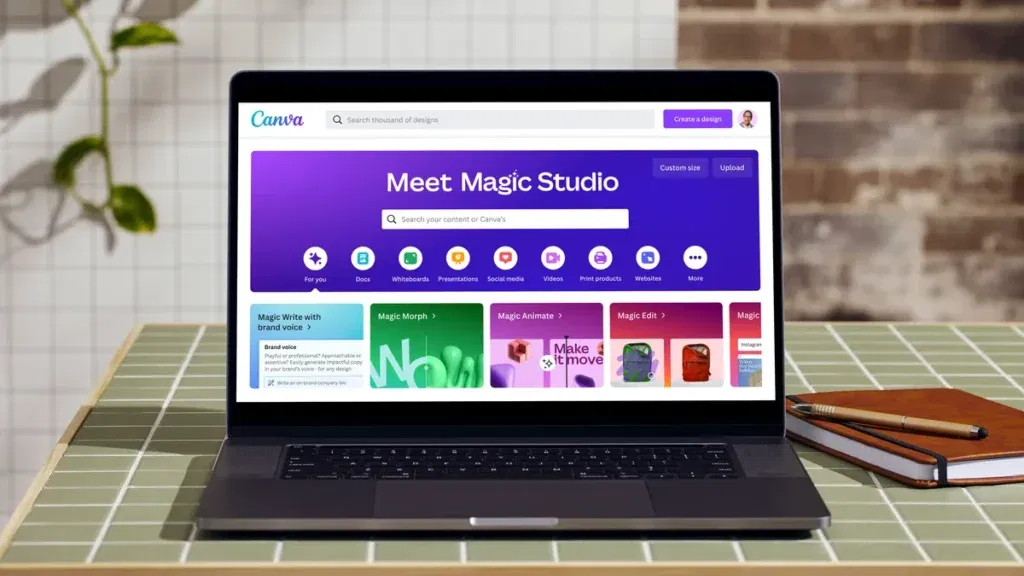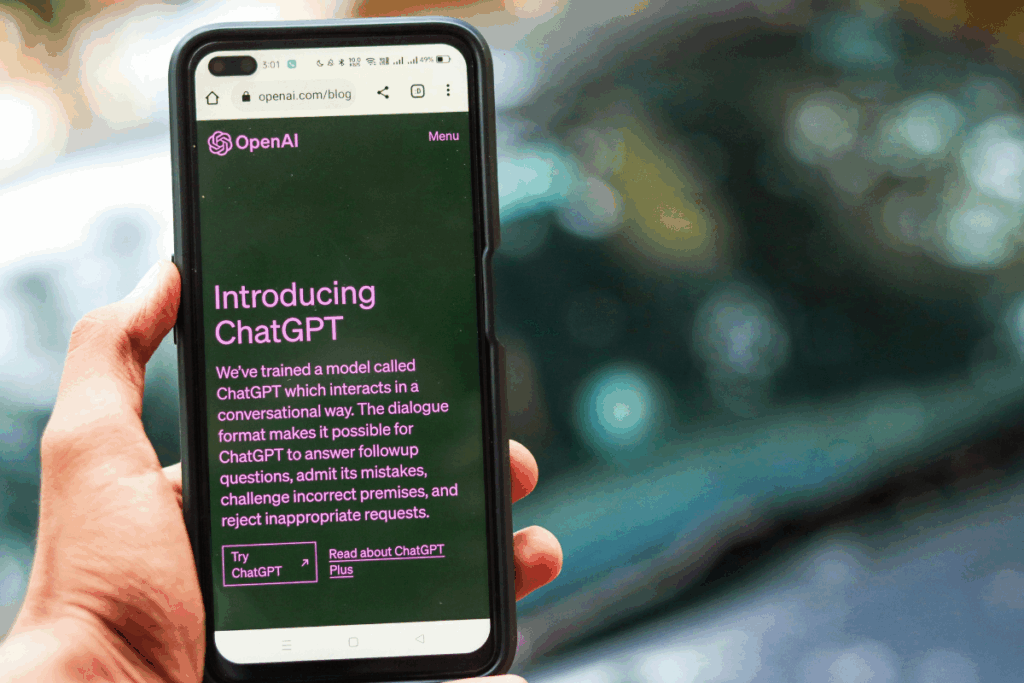
Like a thief in the night, Google have gone ahead and removed the ‘&NUM=100’ Parameter from their software. Now hold your horses, before you decide this means absolutely nothing to you, think to yourself, what does this mean for the future of Digital Marketing and how can Digital Marketers adapt to this new change. Let’s cover the basics first.
For a seemingly small change, this has shaken up the digital marketing and SEO world. Why? Well, for years this parameter allowed marketers and SEO software to fetch 100 search results at once instead of the default 10.
While most people wouldn’t have really noticed, Digital Marketers and SEO professionals did rely on this a lot, to mainly assist them with rank tracking, keyword research and competitive analysis. Now it’s been removed, the entire landscape of SEO is shifting, so let’s dive into what happened, why it matters.
What Was ‘&NUM=100’ And Why Does It Matter?
Yes, so why does it matter so much that it deserves its own blog? Well, we are Digital Marketers at the end of the day, so it matters to us. When you ran a Google search, you could add ‘&NUM=100’ to the query URL to instantly return 100 results per page, and this was candy land for Rank Tracking tools, as it allowed them to pull large datasets more efficiently, reduce the number of API calls (and server load) and save time & cost by avoiding 10-page scrapes.
Sounds very complicated, however for marketers, this meant faster keyword position tracking a deeper visibility into where their site ranked, and richer competitive insights. In a simpler term, it meant that instead of fetching one page at a time, they could scan the top 100 results in a single query.
So, What Changed? And When Did They Remove ‘&NUM=100’?
In mid-September 2025, digital marketers noticing unusual drops in keyword counts & impressions in Google Search Console. Not so long after this, reports had indeed confirmed that Google had officially removed support for the ‘&NUM=100’ parameter. If you were to try this today and add it into your URL, you would still only receive the default 10 results per page.
Immediate Impacts On SEO Tools And Reporting
The fallout was quick. Everything changed. Many platforms built their systems around ‘&NUM=100’. Without it, they would have needed to re-engineer data collection pipelines, causing temporary gaps or inaccuracies in reports.
This would then lead to more costly data gathering, pulling 100 results now requires 10 separate requests instead of one, which increases bandwidth, server costs, and API usage. As well as that, some rank tracking tools only report the top 20-30 results per query to manage resource strain, leading to reduced keyword tracking depth.
Another reported impact was anomalies in Google Analytics and Google Search Console. Impressions fell sharply for many websites, average positions increased & unique ranking terms dropped. A lot of businesses relied on this data, and these sudden changes are confusing to many. The performance and rankings may look terrible on paper, even though the positions haven’t exactly changed.
Why Did Google Make This Change? What Did ‘&NUM=100’ Do Wrong?
For some reason, Google haven’t even bothered to offer an official explanation, but there are a couple plausible motivations. Let’s break them down.
1. Cutting Back on Scraping Load
For years, SEO tools have leaned on the ‘&NUM=100’ trick to grab a hundred results in a single go. Multiply that by thousands of marketers and platforms doing it every day, and it’s easy to see how much pressure it put on Google’s servers. By shutting it down, Google is basically forcing scrapers to work harder and make more requests, which slows them down and reduces the strain on Google’s systems.
2. Taking Back Control of Data Access
Marketers have always been good at finding loopholes, but Google clearly wants people using its official APIs and platforms instead of shortcuts. Getting rid of ‘&NUM=100’ is a way to push users in that direction. Through official channels, Google can set limits, decide how much access people get, and even build in opportunities to charge for premium access down the line.
3. Cleaning Up Inflated Metrics
Some SEO pros have noticed that impressions in Google Search Console didn’t always reflect what real people were seeing. Bots and scrapers poking around deep in the search results may have been inflating those numbers. By removing ‘&NUM=100’, Google is trying to make the data a little more honest and closer to real user behaviour. For marketers, that means reports may look different, but the insights should be more accurate.
4. Playing Defence in the AI Race
There’s also the bigger picture: AI. Large language models and other competing platforms often rely on scraped data to train their systems. Making scraping harder and more expensive helps Google protect its most valuable asset, the search index. With AI companies and search engines racing for dominance, cutting off easy access to bulk data is a smart defensive move.
Basically, while this update may cause headaches for SEOs and tool providers, it lines up neatly with Google’s goals: protecting its infrastructure, keeping tighter control over data, improving reporting accuracy, and defending its competitive edge.
What Does This Mean For The Future Of Websites?
Now that ‘&NUM=100’ has been removed, what ripple effect will this have on websites? For starters, websites that don’t break into the top results may struggle to measure or justify their SEO efforts, meaning search visibility will shrink to the elite.
Then generative AI will dominate discovery, meaning instead of scanning page 3 of Google, users will increasingly ask AI tools, meaning citation and authority within LLMs will matter as much as SERP positions. This then leads into SEO becoming more of a ‘brand first’ instead of ‘keyword first’.
Keyword level tracking becomes less reliable whereas authority signals and brand presence will matter a lot more. Ultimately, the websites that thrive will be those that treat visibility as multi-channel, with AI Platforms, Social Mentions, Spanning Search & beyond.
So How Can Digital Marketers Adapt To The Loss Of ‘&NUM=100’?
Turn this disruption into advantage. That’s all can do. A good digital marketer can adjust to focus on high-value rankings, diversify data sources, adjust reporting and client communication. Stop chasing hundreds of deep rankings and concentrate on the top 10-20 keywords where visibility directly drives traffic and conversions.
Relying solely on rank trackers or Search Console is no longer enough. Learn to combine Google Analytics for traffic patterns, monitor brand mentioning, & keep an eye on third-party SEO tools adapting to the change.
Prioritising content that answers questions directly is also something to think about. Structured, modular content that aligns with how AI models extract, and display answers will give marketers an edge. FAQ’s, concise summaries, and clear entity-focused content can future-proof visibility.
And finally, re-evaluate tool investments. Some SEO platforms may raise prices or cut features due to increased data costs. Reassess your stack and ensure you’re using tools that adapt quickly and deliver value.
A Final Thought
So, Google quietly pulled the rug out from under us by removing the ‘&NUM=100’ parameter. Seriously, it’s a huge deal. For years, it was the easy button that let all the big SEO tools grab mountains of rank data cheaply. Now, those companies are looking at 10 times the cost to get the same information, which means we all will be, too.
Plus, your own data in Google Search Console (GSC) is now acting weird, you’re seeing a sharp drop in impressions but a nice jump in average position. Why? Because all that “missing” data was just bot noise from those same tools loading 100 results at a time.
It’s cleaner data now, but it’s a massive reporting headache. The bottom line is this forces a huge, but necessary, shift. We have to stop obsessing over those big, sometimes inflated, impression numbers and focus entirely on what truly matters: clicks, qualified traffic, and conversions.
The battle is no longer for position 50, it’s a brutal fight for the very top of Page 1 and, more urgently, for the answers given by AI Overviews. We need to ditch the old playbook, educate our teams, and embrace this new, tighter, and more competitive landscape.
Ready to Outspend & Outrank Your Competitors?
The businesses who win in SEO are the ones who spend more, faster, and smarter than their competitors. Don’t wait until they figure this out. Surely you don’t want to cut back on your SEO because of a graph line? Why not double down and dominate while everyone else is pulling back?
Here at Chameleon Web Services, we can provide SEO strategy built on real business metrics, we don’t chase impressions, we optimise for leads and conversions. We offer advanced tracking & reporting, clear dashboards that tie SEO spend directly to ROI. Not to mention we also do full-service digital marketing, from SEO to paid ads, we create compounding growth across every channel.
We’ll show you exactly how your SEO spend translates into pipeline and revenue growth. If you don’t see measurable results, we don’t deserve your money. Period.
Sections:
Share This Content
More Chameleon Insights
- Digital Marketing
What Is Generative Engine Optimisation? (GEO)
What is GEO? In this blog, we delve deep into what Geneartive Search Optimisation is, and how its shaping the future of digital marketing.
17 Nov 2025
- Digital Marketing
How AI Is Changing Content Creation in 2025
Discover how AI is changing content creation in 2025 with Chameleon Web Services. Find out about AI copywriting, social media & video form in our full guide.
30 Oct 2025
- Digital Marketing
- Social Media
- Web Design
Top 10 Canva Tips – What Every Content Creator Should Know
Discover Chameleon Web Services top 10 Canva Tips for content creators. Design eye-catching graphics with ease. Perfect for beginners & pros alike.
16 Oct 2025
- Chameleon Updates
- Company
Which company is best for web designing?
When searching online for the best company for web designing services, it’s easy to feel overwhelmed. With thousands of agencies offering everything from “cheap websites” to “luxury digital experiences,” how do you know which one to choose? Of course, we’d say Chameleon Web Services is the best – and here’s why. Experience That Stands the…
02 Sep 2025
- Advertising
- Car Competition
- Chameleon Updates
- Competition
- Google Advertising
- Marketing
- Prize Draw
- SEO
Car Prizes and Competitions
Car Prizes and Competitions Driving Digital Success The world of car prize draws and competitions has exploded in recent years, with names like Dream Car Giveaways, Nitrous Competitions, Omaze, and 7 Days Performance creating huge followings online. Now, with Porsche Club GB launching its very first official prize draw to win a Porsche, the market…
18 Aug 2025
- SEO
Google Ads vs Facebook Ads for Small Businesses: A Guide
Wondering whether Google Ads or Facebook ads would be better for your small business? Read our full breakdown here to find out.
08 Aug 2025
- SEO
Are Your BT Phone Lines Down? How Chameleon Help Keep Businesses Connected
Is your BT phone line not working but your internet is? Yesterday, as you may know, there was a major outage that hit the main providers such as EE, BT, Vodaphone, and more. With EE and BT phone lines not working, as imagined, this impacted millions of people across the country, customers enquiring about services,…
25 Jul 2025
- SEO
Google To Automatically Display Instagram Photos & Videos In Search Results
Starting from July 10th, 2025, Instagram will begin to automatically surface more public photos and videos from professional accounts in search engine results pages. In this blog, we'll breakdown what this means for click and search, and how you capitalise on this emerging trend.
27 Jun 2025
- Digital Marketing
- SEO
How To Optimise For AI Overviews: 7 SEO Tips
In this blog, we’ll breakdown our top 7 SEO tips to optimise your website for AI overviews. Ensure you don’t get left behind by the new AI revolution with Chameleon Web Services.
03 Jun 2025
- Digital Marketing
Huel: A Marketing Case Study
Learn how Huel used cutting-edge marketing techniques to take the nutrition-world by storm. Find out how you can emulate their success. Chameleon Web Services.
30 Apr 2025
- Digital Marketing
- SEO
- Web Design
Google’s Core Update March 2025: 5 Key Tips for Businesses
Instead of worrying about where your site stands, Chameleon is here to help advise you on how your busyness's website can come out stronger, rather than weaker, following Google's Core Update March 2025 update.
28 Mar 2025
- Digital Marketing
The Tesla Pi Phone Hoax: A Digital Marketing Case Study
The Tesla Pi Phone rumor which has been in circulation for years is a fascinating case study in how digital hype can take on a life of its own. But how did it happen? And what can digital marketers learn from it?
14 Mar 2025













